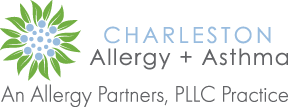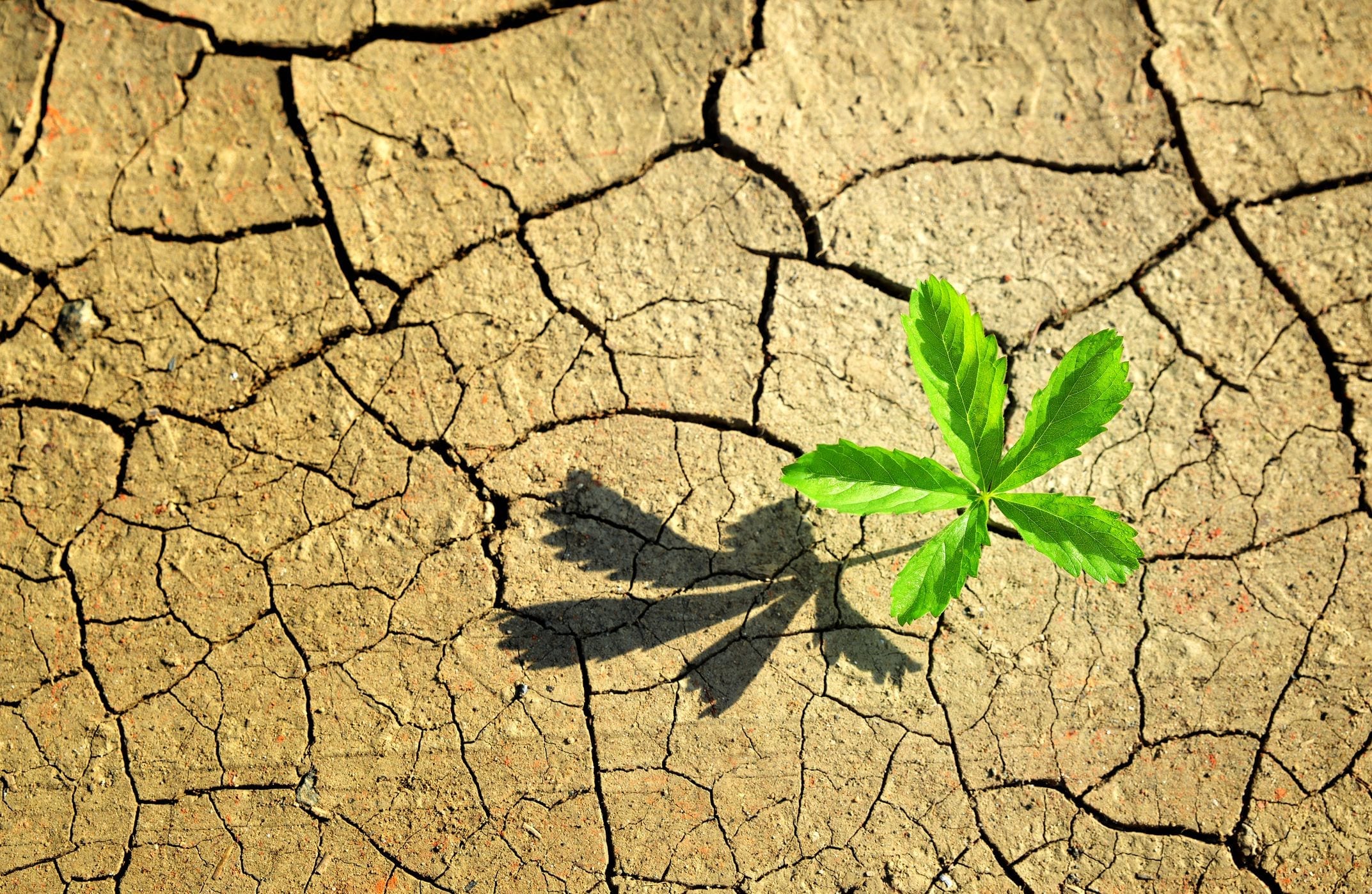Currently, the vast majority of climate scientists feel that climate change is occurring and that our planet is warming. Global warming is an increase in average global temperature that is mainly attributed – directly or indirectly – to human activities resulting in an increase in atmospheric greenhouse gases including water vapor, ozone, carbon dioxide, and methane. Unfortunately, belief in, or rejection of, climate change and global warming have recently become a “political football” and now seems to define specific political parties.
This climate change will be associated with rising average temperatures, changes in worldwide weather patterns, and increased in airborne pollen levels and duration. These changes will have significant impact on our health, particularly that of allergic individuals. At present in the United States, there are 18 million adults and 7.1 million children who suffer from allergic rhinitis. There are 13.1 million doctor visits for allergic rhinitis every year and 4 million missed or low productivity workdays each year due to allergic rhinitis.
Climate change and global warming will worsen respiratory allergies for approximately 25 million Americans. Many allergenic plants can grow faster and larger if carbon dioxide levels increase. Carbon dioxide levels in the atmosphere have increased about 40% since the 1700s.
Climate change with changing rainfall, winds, and other meteorological events will affect production and protein composition of multiple pollens and fungal spores, as well as distribution, transport, and deposition of these pollens and spores. Changes in the climate will likely increase the amount of pollen produced and extend the duration of pollen seasons. Across the United States, spring arrives an average of 10-14 days earlier than it did just 20 years ago.
Ragweed, our primary fall allergen, will grow faster with production of more pollen per plant and higher allergen content of individual pollen grains when exposed to increased carbon dioxide levels. Warmer temperatures on the planet could also allow significant expansion of the habitat for allergenic trees such as oaks and hickories.
Anticipated flooding and severe storms can result in damp buildings, contaminant mold growth, and worsening of allergies and asthma due to increased mold spore exposure. One experimental study found that doubling atmosphere carbon dioxide levels led to a fourfold increase in airborne fungal spores released from dead leaves(1). Increased greenhouse gas pollution, particularly ozone, can also elicit respiratory symptoms in patients with asthma and chronic obstructive pulmonary disease.
Poison ivy also grows faster and is more toxic when carbon dioxide levels are increased in the atmosphere. Poison ivy plants exposed to more carbon dioxide produced a more allergenic form of urushiol, the substance in poison ivy that is responsible for the itch and severe dermatitis.
A combination of increased pollen exposure and increased air pollution will likely increase the risk and severity of asthma attacks. In the presence of greenhouse gas air pollution, the bronchial airways will become more sensitive to allergens. Particles emitted from diesel exhaust also increased allergenic responses. Airborne allergens in pollen grains can stick to the tiny diesel exhaust particles which penetrate deeply into the lungs.
What can be done by us to reduce allergy risks associated with climate change in global warming? To limit the magnitude of changes to the climate and impact on those who suffer from allergies, we must curb global warming pollution as much and as quickly as possible. Shifting reliance from burning fossil fumes to solar and wind energy sources has a combined benefits of reducing air pollution and producing plentiful electricity for air-conditioning peaks during the hot summer days.
- – Environmental Health Perspectives 118:1223-1228, 2010




